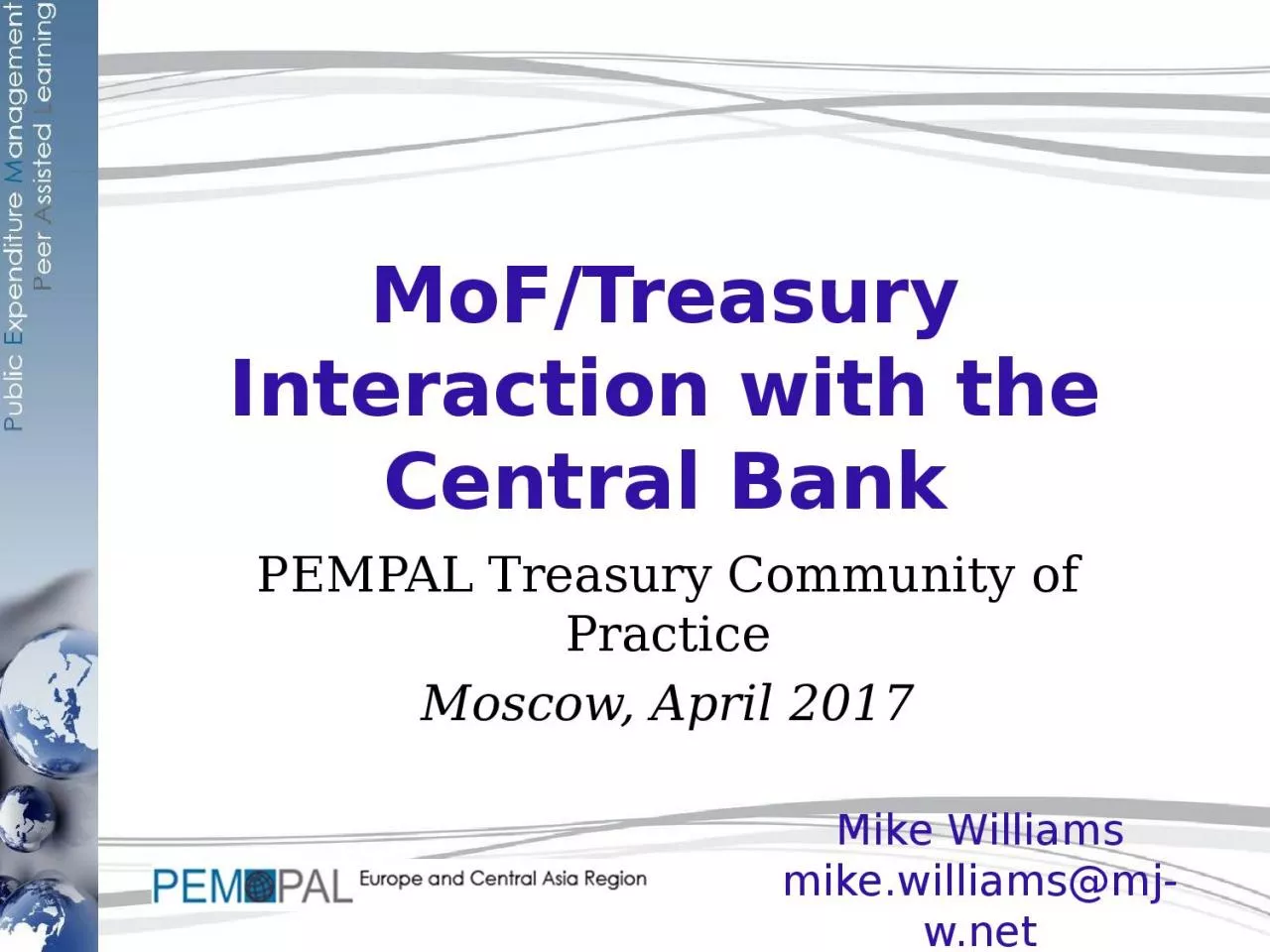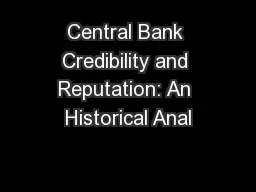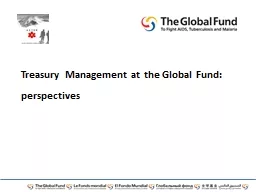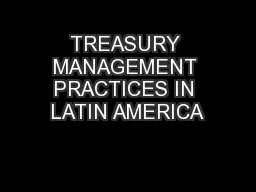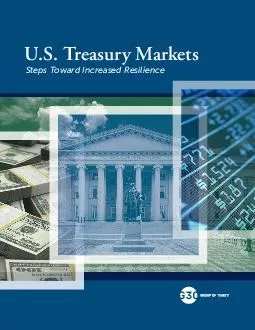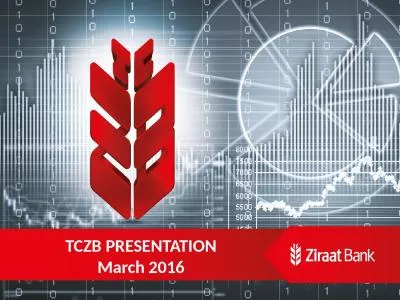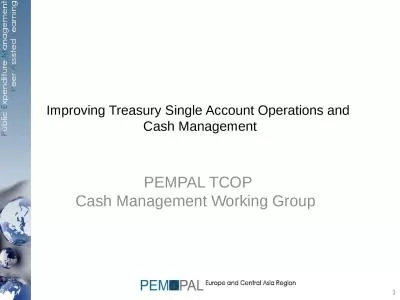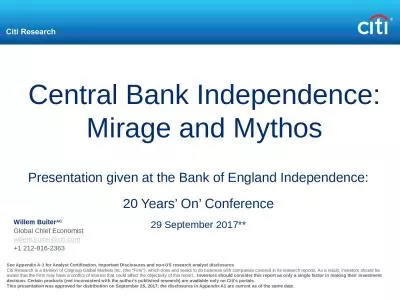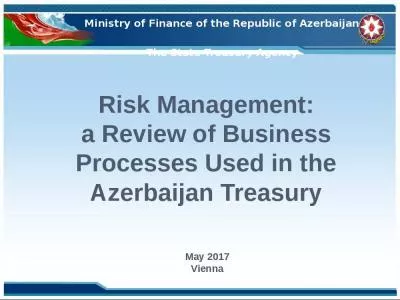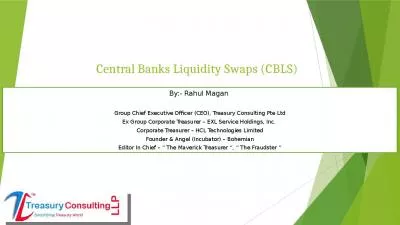PPT-MoF /Treasury Interaction with the Central Bank
Author : tracy | Published Date : 2023-11-06
PEMPAL Treasury Community of Practice Moscow April 2017 Mike Williams mikewilliamsmjwnet Central Banks and Treasuries an International Perspective Different policy
Presentation Embed Code
Download Presentation
Download Presentation The PPT/PDF document "MoF /Treasury Interaction with the Centr..." is the property of its rightful owner. Permission is granted to download and print the materials on this website for personal, non-commercial use only, and to display it on your personal computer provided you do not modify the materials and that you retain all copyright notices contained in the materials. By downloading content from our website, you accept the terms of this agreement.
MoF /Treasury Interaction with the Central Bank: Transcript
Download Rules Of Document
"MoF /Treasury Interaction with the Central Bank"The content belongs to its owner. You may download and print it for personal use, without modification, and keep all copyright notices. By downloading, you agree to these terms.
Related Documents

